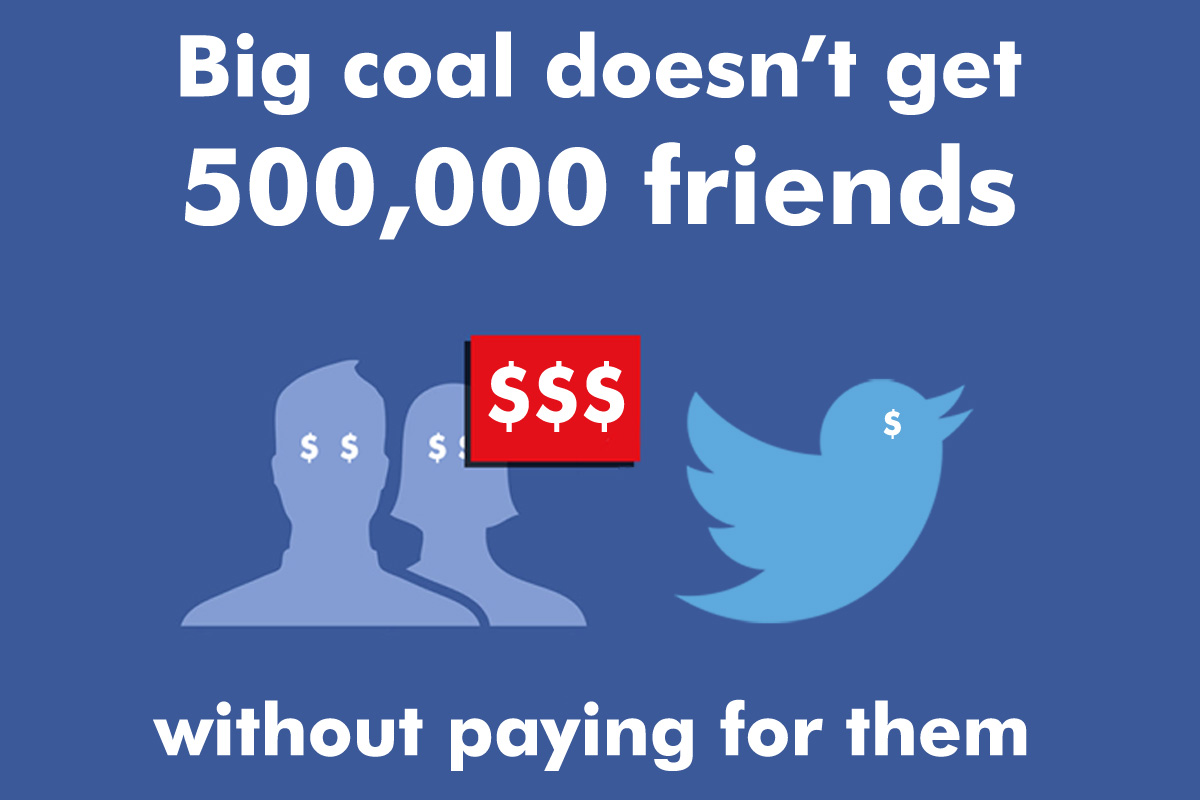Thirty years after Chernobyl and five years after Fukushima, radioactive contamination continues to impact many communities, but as the source of the problem is invisible, the relative risks remain difficult to communicate. As a result, the motivation and urgency to help those affected continues to diminish. Photography exploring the impact of nuclear disasters typically focuses on portraiture of victims, on deserted landscapes, decaying buildings, or on measurement readings on technical equipment – all of which are useful, but abstract and […]
This video uses a new light painting method to explore the impacts of lingering radioactivity in Fukushima and Chernobyl-impacted Russia, on communities.
Inspired by the Immaterials project (https://vimeo.com/20412632) the process uses a custom-made LED stick, connected to a geiger counter, which shows radiation levels in the environment in real time. Coupled with a long camera exposure, we created ribbons of light around homes, businesses, and community areas in Japan and Russia.
After almost two years of development, my photo project using LED lights, a Geiger counter, and long exposure photography to map radiation levels in Fukushima and Chernobyl-impacted Russia is out.
A new social media campaign kicked off earlier in 2014. Called “Advanced Energy for Life” (AEFL), it is an opaque attempt to tie the use of burning coal with reducing poverty in the developing world. A project of the US company Peabody Energy, it looked like yet another crass corporate attempt to greenwash itself, but then, just as Prime Minister Tony Abbott declared coal is “good for humanity”, it exploded in popularity… or did it?



